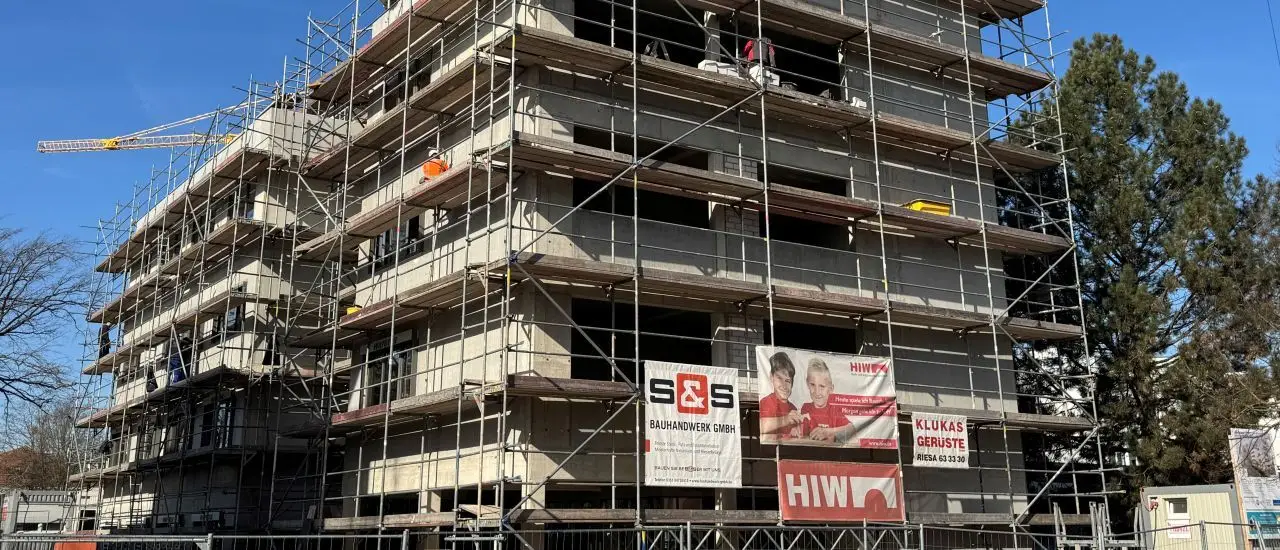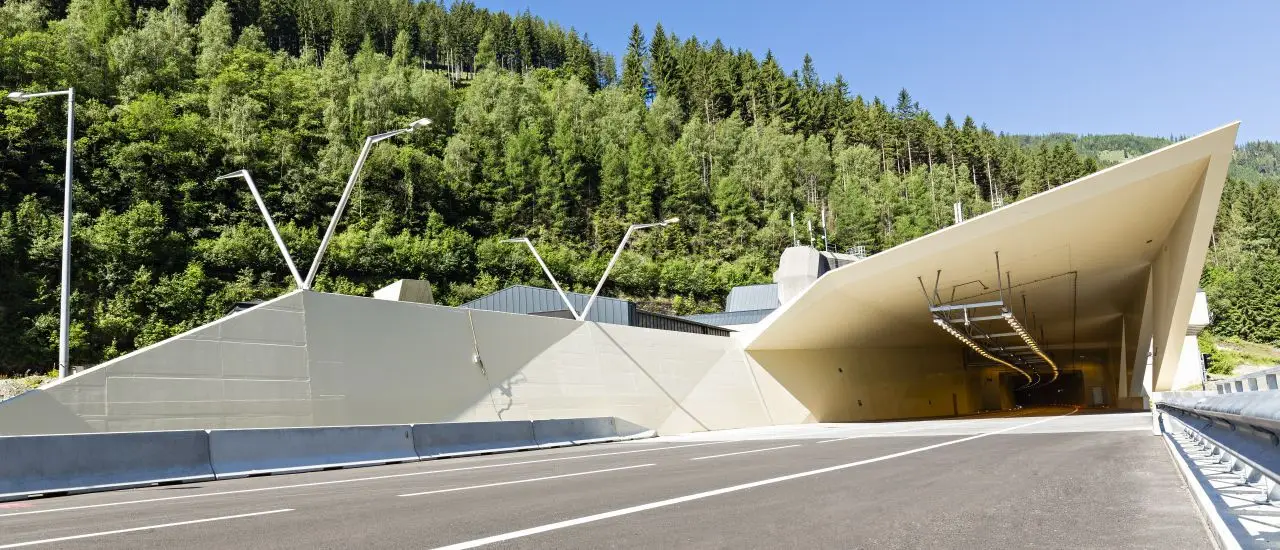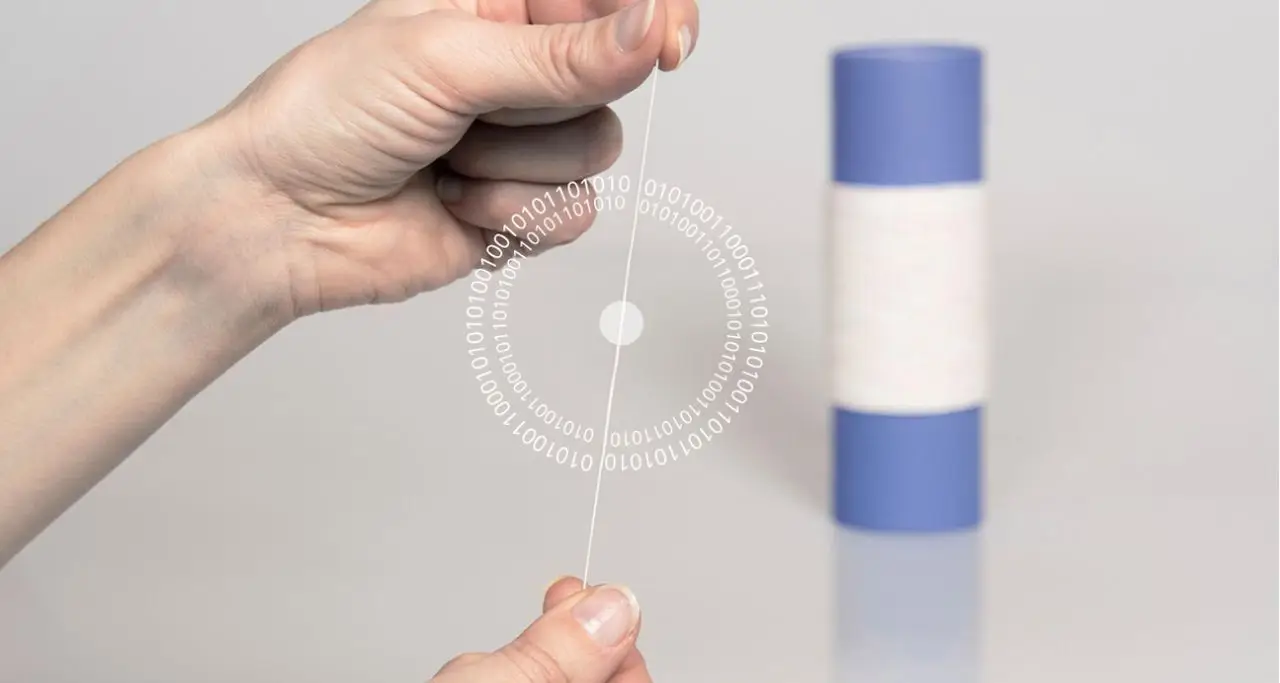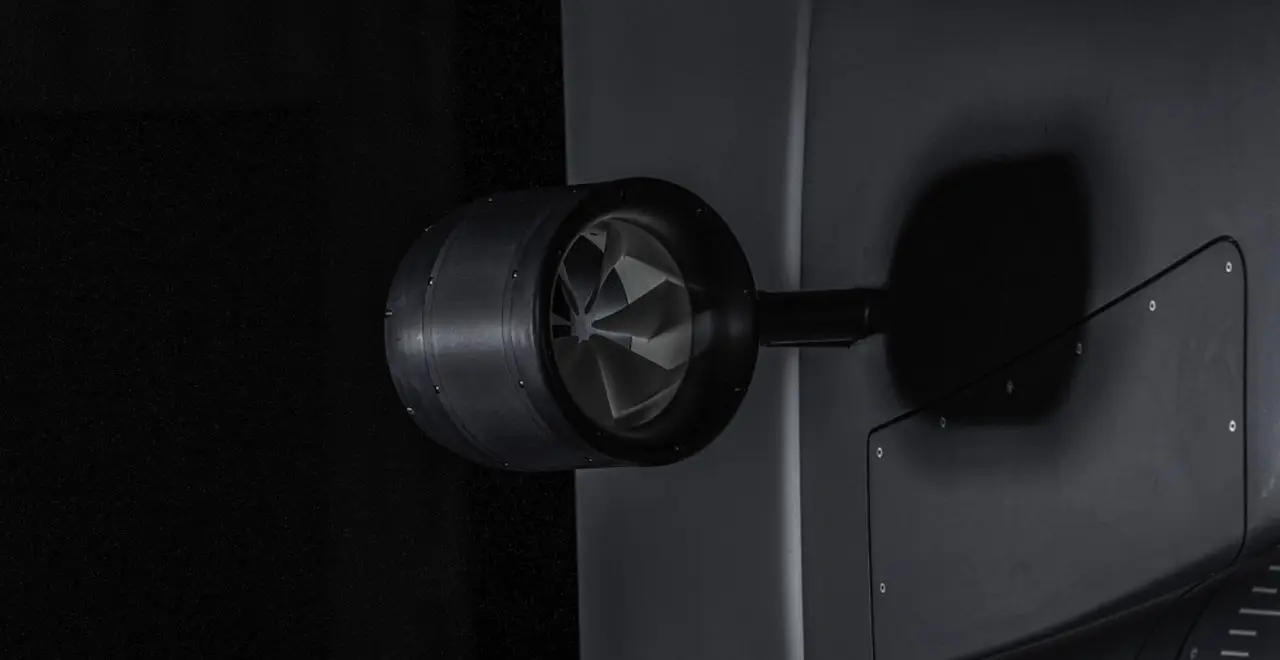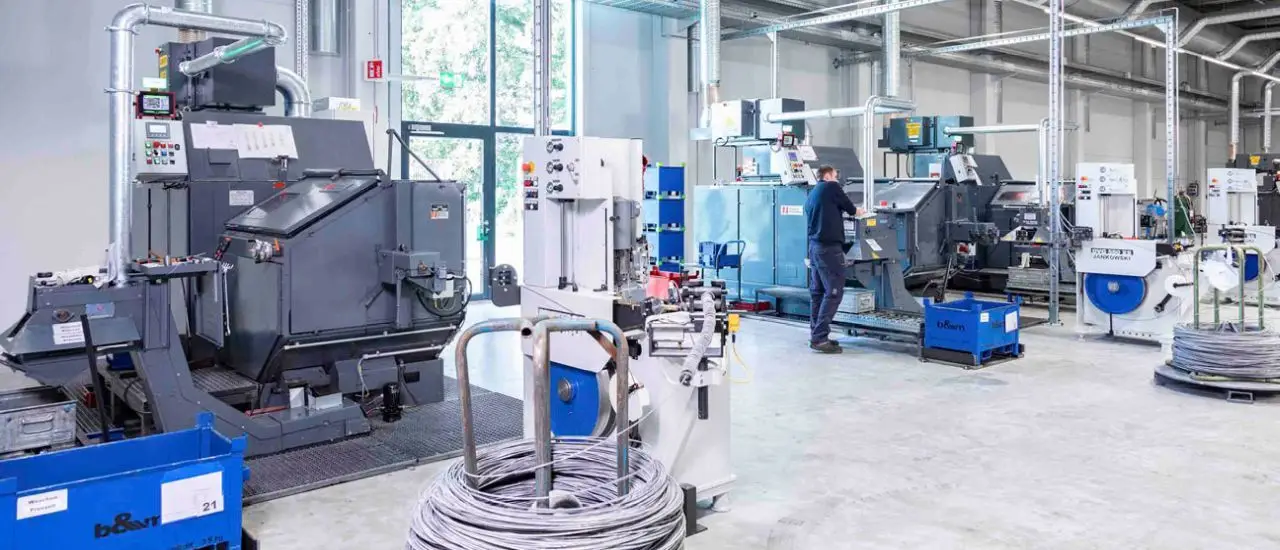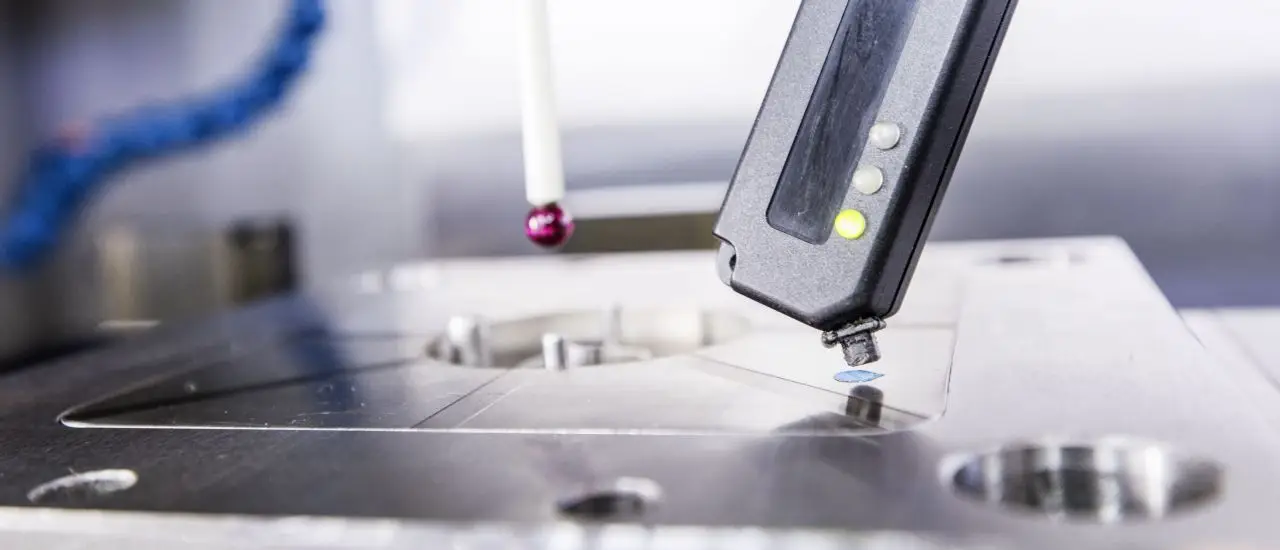- HIW replaced paper inspection records with an RFID-based workflow to meet compliance and reduce administrative burden.
- About 1,500 items were tagged and the system was rolled out across 10–15 active construction sites over one year.
- Digital inspection records provide instant access for inspectors and automatically schedule subsequent checks.
- Inventory time has been reduced by approximately 50% thanks to RFID-enabled scanning and direct asset assignment.
- Handovers and asset locations are documented in the system, increasing traceability though not providing continuous real-time tracking.
“Paper-based inspection processes are no longer an option for us,” says Frank Bennewitz. The reason: RFID-based inspection workflows developed by the company Landlords. Error sources have been minimized, processes accelerated, and transparency significantly increased. For HIW Hochbau, one thing is certain: RFID is now indispensable.
Frank Bennewitz, site manager at HIW Hoch- und Ingenieurbau Wilsdruff, speaks with Think WIOT about the digital revolution on construction sites.
Three years ago, the company began implementing RFID-supported inspection processes for tools and machines. What started as a pilot project has since become an essential part of operations. The RFID solution at Landlords was developed by Industria Oberländer. The HF RFID tags are provided by Neosid.
Inventory 4.0: Digital Inspection Processes at HIW Hoch- und Ingenieurbau Wilsdruff
1. Why RFID? – What led to the switch to RFID-based inspection processes?
Frank Bennewitz: We repeatedly faced issues with accident insurance authorities and state agencies because paper-based inspection records weren’t available on-site. This led to unnecessary costs and a high administrative burden, as documents had to be submitted after the fact.
But availability wasn’t the only problem — transparency regarding inspection status was also lacking. Paper documents provided little insight into the current condition of tools and machinery. As a result, there was no reliable foundation for ensuring workplace safety or compliance with legal requirements.
While searching for a more efficient solution, we came across the company Landlords. It quickly became clear that their RFID solution could save us considerable time and effort. The switch to digital, RFID-supported inspection workflows proved to be a real gamechanger — not just for transparency but also for organization and traceability on the construction site.

2. How did you manage the rollout of RFID-supported equipment?
Frank Bennewitz: We implemented the digital inspection process in phases across our construction sites. Since a full transition would have disrupted operations, we had to roll out the system step-by-step, minimizing any impact on ongoing work. It was also important to avoid paying twice for already completed inspections.
So, we phased in the new system. More than 1,500 items had to be equipped with RFID chips. This was time-consuming because we operate a large number of machines, tools, and equipment across multiple sites.
The entire transition took about a year. Today, all 10 to 15 active sites are fully equipped, and electrical devices, lifting gear, and ladders are now tagged with transponders.
The transition took a full year. Today, all 10 to 15 construction sites are equipped accordingly, and electrical devices, lifting equipment, and ladders are fitted with transponders.
3. How did your employees react to the new system?
Frank Bennewitz: Very positively. On larger sites, foremen are now equipped with readers and tablets.
During inspections by the accident insurance authority or the state of Saxony, protocols can be accessed instantly via RFID and displayed on the tablet.
The inspector enters the results for each device directly into the tablet. Afterward, the system automatically schedules the next inspection date — this significantly simplifies planning. And the days of digging through binders are over.
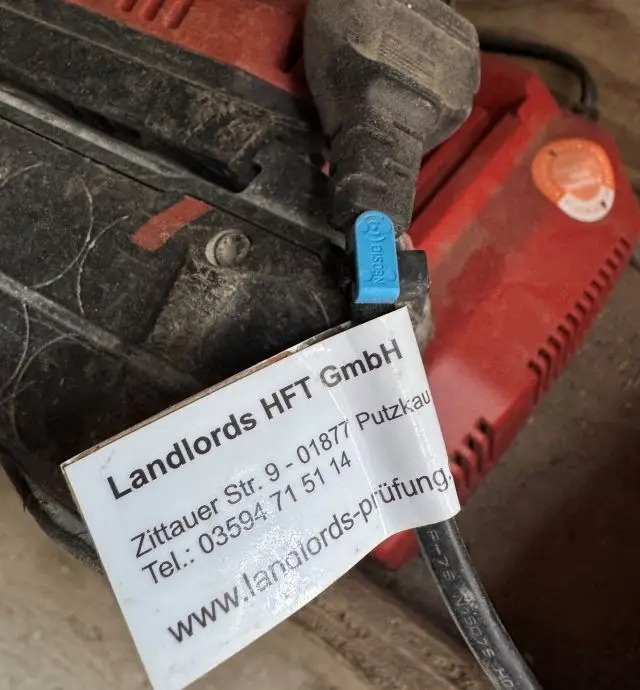
4. Is it true that HIW has reduced inventory time by 50%?
Frank Bennewitz: Thanks to digital recording, we now have a complete dataset. Tools and equipment are also assigned directly to specific foremen, which simplifies asset management significantly. During inventory, there’s no need to search for serial numbers and write them down — a quick scan with the RFID reader is enough.
As a result, we’ve reduced inventory time by around 50% compared to the previous paper-based process.
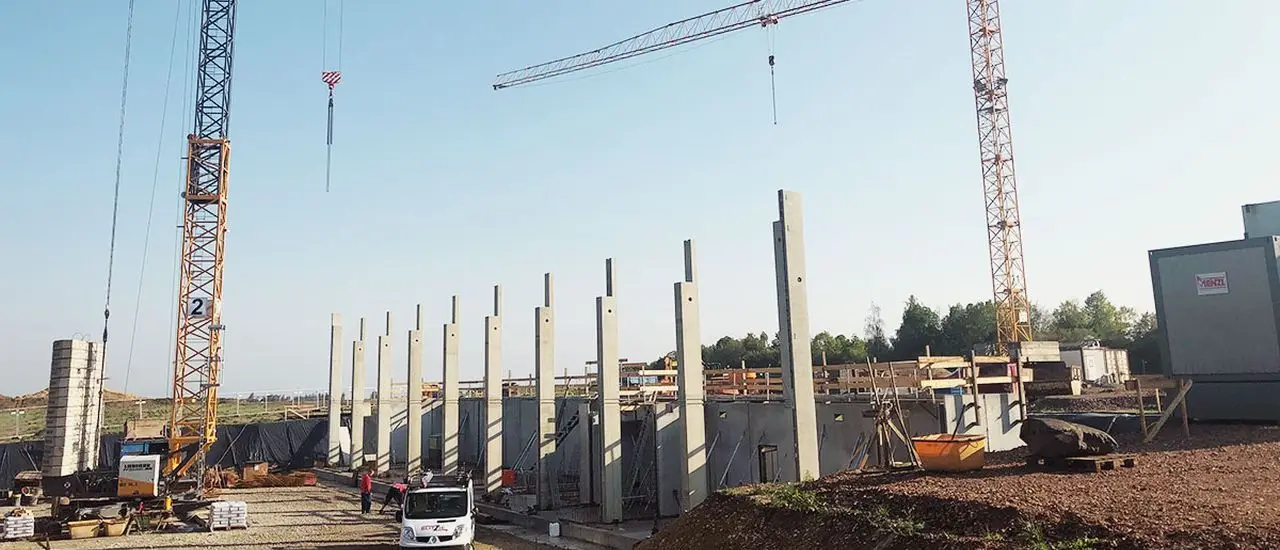
5. What happens in the system when tools assigned to one foreman are passed on to another?
Frank Bennewitz: If equipment is handed off between foremen, that handover is documented in the system immediately. This way, the office can always track where each device is located. While it’s not real-time tracking, as long as the data is maintained correctly, we always know where each machine is deployed. For critical machinery, that level of transparency is essential.
6. Do inspectors also approve of the RFID system?
Frank Bennewitz: The convenience of the system has quickly become well known — even among inspectors. When a company documents inspections consistently and transparently, it’s seen in a very positive light.
We were already in a strong position when it comes to occupational safety. The Landlords solution has helped us improve further by increasing efficiency.
At first, inspections were carried out more frequently — a natural reaction when introducing a new system. But it’s since become clear: the digital processes are reliable and fully compliant.
Inspectors now trust that our digital inspection system is accurate and complete. As a result, the frequency and intensity of inspections by authorities have dropped significantly.
About HIW Hoch- und Ingenieurbau Wilsdruff
HIW Hoch- und Ingenieurbau Wilsdruff is a medium-sized construction company based in Wilsdruff, Germany, employing around 90 people. For over 20 years, the Saxony-based company has delivered comprehensive services in structural and civil engineering. As a full-service provider, HIW handles projects from development and engineering to construction and handover.




